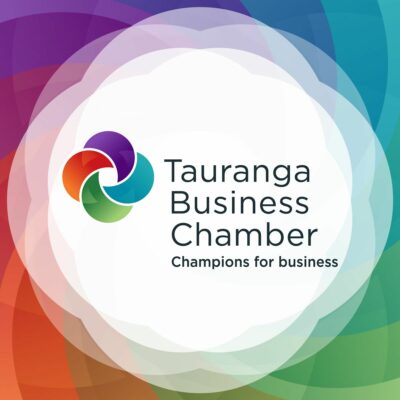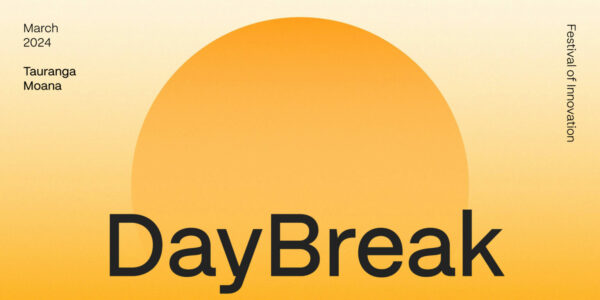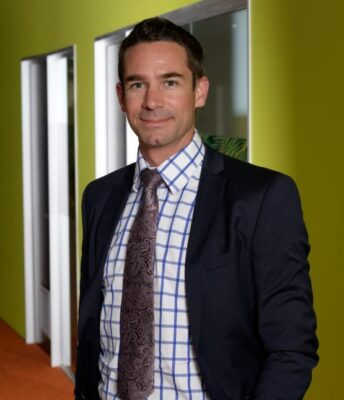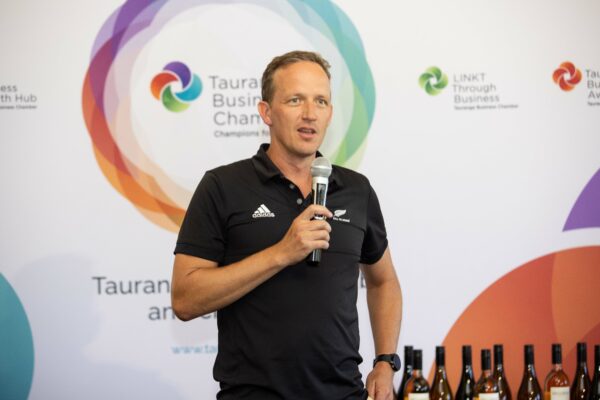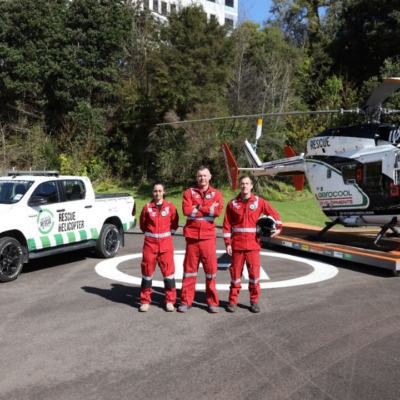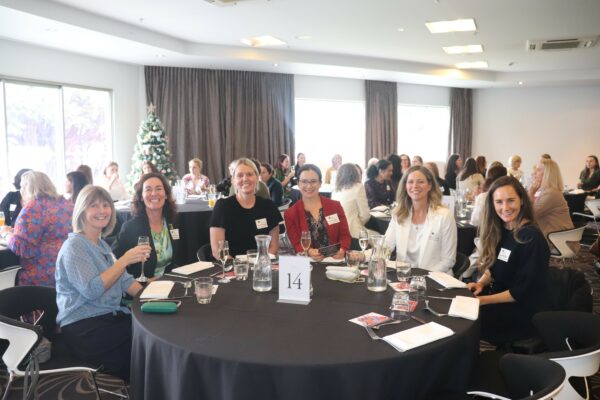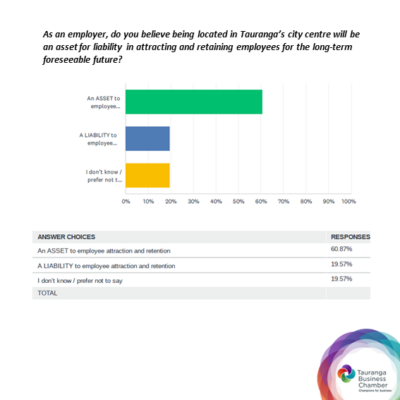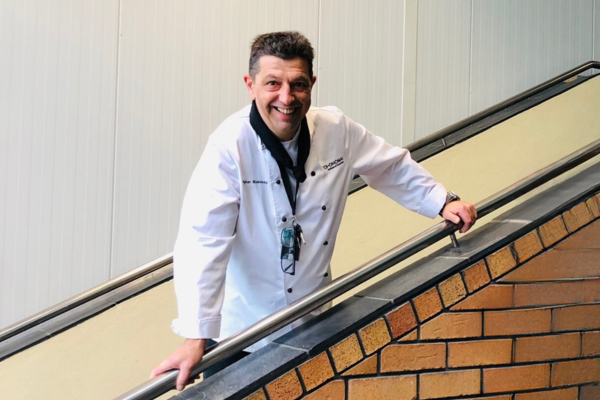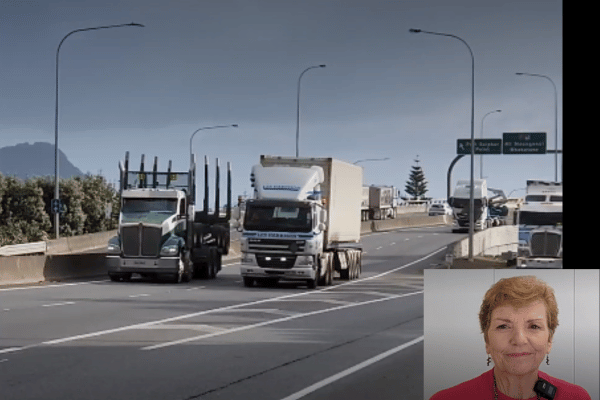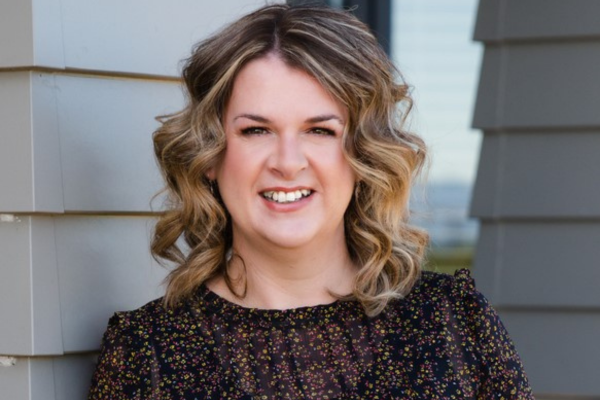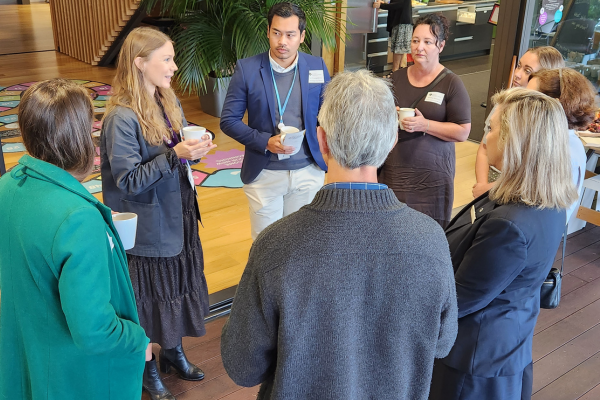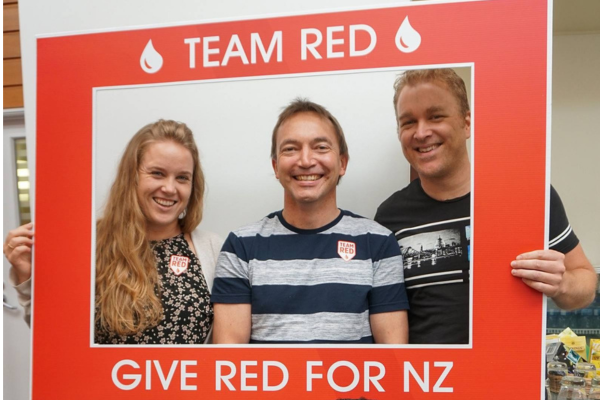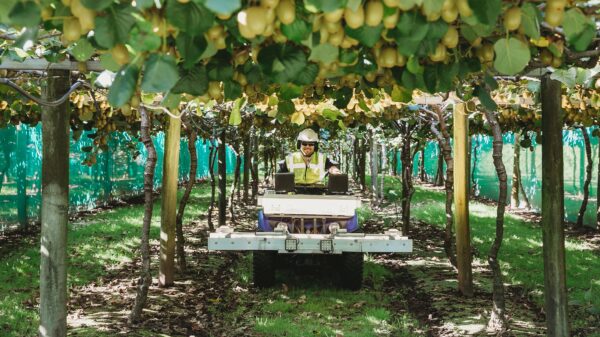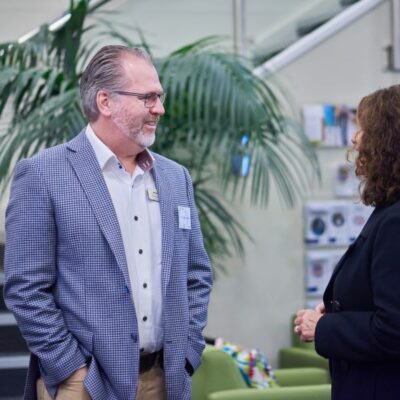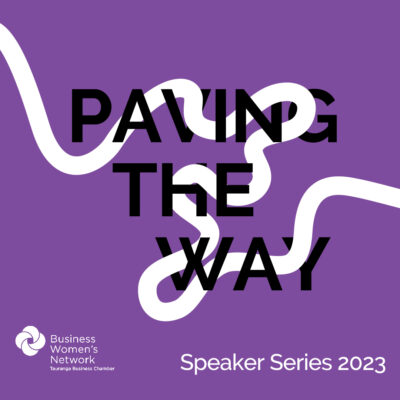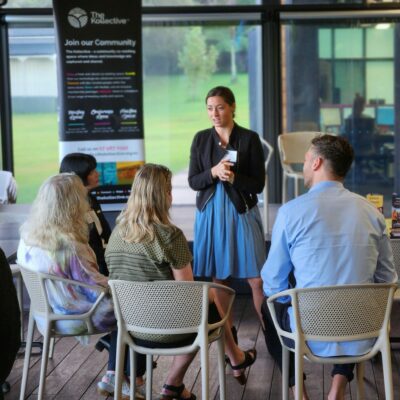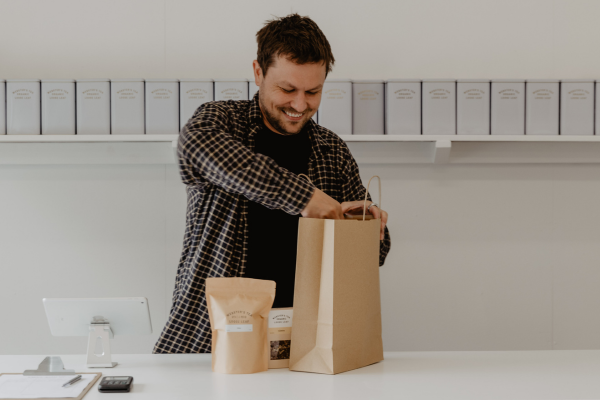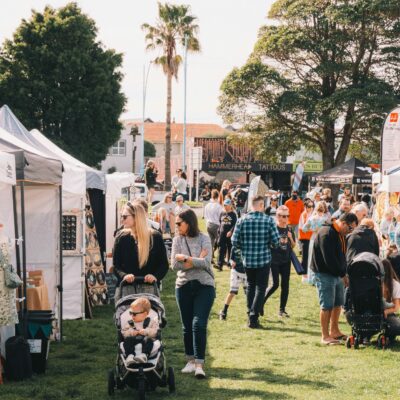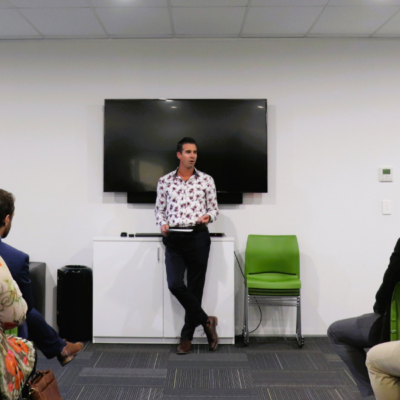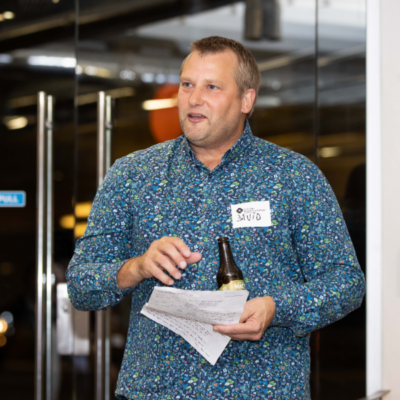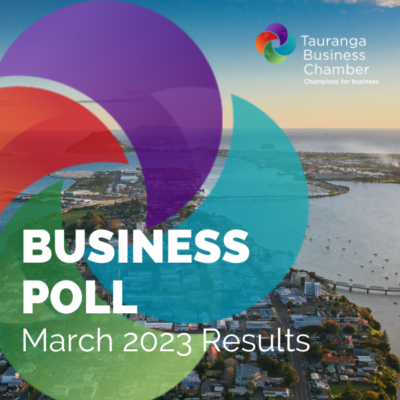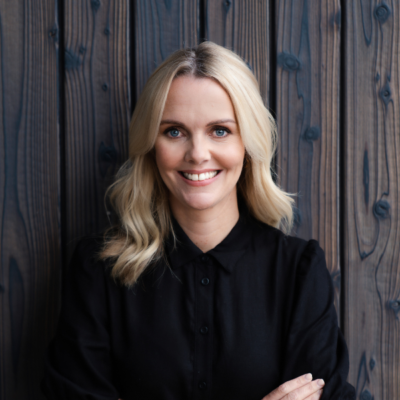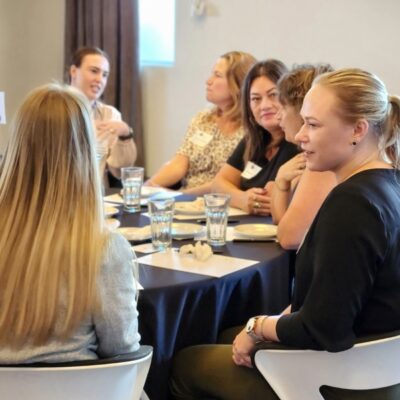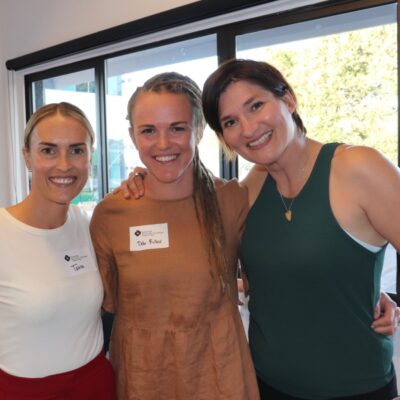Alert Level 2 is a return to some normality as we used to know it, pre-lockdown, but it’s important that we don’t just rush in to restore life as it was.
In fact, there’s much we can learn about ourselves when facing a crisis, both professionally and personally, that can help shape who we are for the better.
Pip Loader is a speaker, trainer, facilitator and author who helps leaders and their teams connect, create and deliver impact in their day-to-day work.
Her programmes help build capability in people so they can deliver more effective and meaningful services/outcomes to customers, raise engagement and productivity within teams, and build better connections to purpose, to each other and to customers, resulting in teams that really work.
We caught up with our Chamber Member to ask her a few questions about how we can adjust to the ‘new norm’, take stock of the learnings from our time in lockdown and how can leaders play a key role in supporting their staff through this time.
Why is it important to ‘reflect and reset’ from our time in COVID-19 lockdown?
When we actively reflect on something, whether it is something we experienced, a project we just completed, a workshop or conference we just attended, we build and cement learning, and find deeper meaning.
Studies show that reflection is a form of ‘deliberate learning’ We have all learnt something about ourselves, our teams, other people, our business, over the past eight weeks through ‘the COVID times’, and it’s an important step in the growth and change space, to spend some time in reflection.
Businesses who are in the habit of reflecting, and who take the learnings and use them to improve, grow and get better, are the businesses that survive and thrive. I believe we should always be learning and growing, and when we take the time to reflect on things that have happened, we learn and grow, so it’s a no-brainer for me.
How can we take the learnings /adaptations we have been forced to make and incorporate them into our lives going forwards?
It always comes down to action. It’s the logical next step after reflection.
By asking ourselves “Based on what we have learnt, what actions can we take to implement and cement these learnings?”
“What do we need to change, based on what we’ve learnt, that will improve our business?” “What does that look like in practice?” “What actions do we need to take?”
When we meaningfully reflect on what we learned during COVID, there will be some obvious things, and some subtle things that have either worked or not. We will have busted some myths about ‘ways of working’ along the way, and even identified some rules, norms or processes that no longer serve a purpose. Acknowledging these things, and doing something with it is smart. Acknowledging and then not doing anything with what we’ve learned is wasteful.
I was talking to a leader in Wellington who said they had a six-month project plan prepared just before COVID appeared, to roll out Microsoft Teams across the organisation (it’s a large org). Then COVID hit, and they rolled it out within two days!
Was it a perfect roll out? No. Were there little things to tidy up along the way? Yes. But there were significant learnings for them from that experience. Sometimes, when push comes to shove, we simply do what needs to be done. We don’t over think it, we just do the best we can, and give it a go.
Once you flesh out all the learnings, and find the common themes and key insights, you then get to choose what things you want to take forward, and keep, and what things you want to drop. This is simply deciding and acting. For example – some organisations that were wary about whether their staff would be productive ‘working from home’ have perhaps learnt that their staff are more productive, and are now looking at ways to incorporate more flexibility in this area.
Some of this also takes some bravery on the leaders part to say “You know what, initially I didn’t think this would work, but we have seen that it can, so we are rethinking our approach to this”. Humble pie can sometimes taste good!
As we move out of Alert Levels and begin to regain some aspects of the ‘old norm’, what are some things employers should be mindful of with their staff, at both a professional and personal level?
This is where empathy comes in and plays a big part. Understanding and realising that everyone’s experience of COVID has been different. I don’t think we can make blanket statements about how ‘we’ found it, unless we, as leaders, have listened to our staff about how it felt for them, and how they are feeling about things now.
People may still be feeling scared, anxious, worried, and uncertain about the future. Understanding what has changed for people, and what they have learned about themselves, how they work best, what they realised they needed, what they were reminded about what was important, are all good questions to ask people.
If leaders can spend some time really listening to their staff about what the COVID times looked and felt like for them, on a personal and professional level, and what support they might need going forward, I think this is a great place to start.
What are some of the challenges we may face when it comes to returning to work / life as we knew it in some degree?
Whoa, big question – how much time have you got?! There are definitely too many to list here, but some of the bigger issues will be:
- The desire (and financial pressure perhaps) to ‘getting back up to speed quickly, and back to business as usual’
A lot of businesses have parked a lot of the ‘business as usual’ stuff, to focus on crisis management and have been in reactive mode, so there will be a backlog of work to be done. The biggest risk is just rushing back in to how things were, without taking the time to stop, reflect and ask some questions. - Challenges around where to prioritise, both in effort and expenditure. A lot of businesses will be struggling financially, and will still be needing to reduce operating costs, while they re-start their revenue engine, so this will be a challenging time, and may still result in reducing staff.
- Some businesses that won’t want to, or be able to, go back to ‘life as they knew it’ because of the things they have learned during COVID and things that have changed in their market or sector.
There will be some staff that will want to continue with ‘the COVID times way’ because they were more productive’ and the list goes on. Without a doubt, there will be further challenges ahead, which is why it is some important to build in some reflection time now, while it’s still fresh in our minds. ‘Slow down before you speed up’ and learn from this experience – it’s a massive opportunity to reflect, review, re-set and restart, based on these learnings, and an opportunity for innovation.
The best thing any leader can do when it comes to the challenges ahead is to communicate, communicate, communicate. Be honest and as transparent as you can be about where things are at, show empathy for your people, be vulnerable – if you don’t have all the answers and everything figured out yet, be honest about this.
Obviously, there are ways to do (and not do) this, but at the end of the day, people just want to be kept informed, and know where they stand, and what to expect over the coming weeks. Be human, be kind.
While much focus has been on survival, how can we ensure innovation and keeping an innovative / engaging workplace remains important?
A natural outcome of reflection, coupled with empathy, and discussions about what worked, what didn’t, what changed, what did we do differently, etc, will naturally throw out some innovative thinking. It’s important to capture these, and then turn into innovative action! It’s the action that leads to innovation.
In the work I do in the innovation space, I describe innovation as simply three parts – a new idea, that adds value, made real. It’s the making real that matters. ‘Innovative thinking’ is the ideas, ‘Innovative action’ is the doing. We have to think AND do to make those ideas real.
I have talked to a lot of people who have been very innovative through COVID. The do-ers, those that had an idea about how something can work better, and just tried it to see if it worked.
One of the main ingredients of an innovative environment is permission. Permission to try new things, to test things out, to see if they work. The COVID times have been very permissive in some organisations, and this is one of the core behaviours of innovative organisations. People that are empowered to make a difference.
I think we have realised the importance of connection and engaging with people over the past eight weeks, and teams were very quick to realise this. Some of the connection and engagement initiatives that I’ve been hearing about in terms of what teams have been doing to keep engaged have been amazing to see.
One group I talked to said that they were quite a disparate group prior to COVID – but the physical distancing has ironically brought them closer together, because they made time for each other, and checking in engaging and connecting online, was a key part of that.
An engaging workplace starts with engaging and engaged people. And so does innovation.
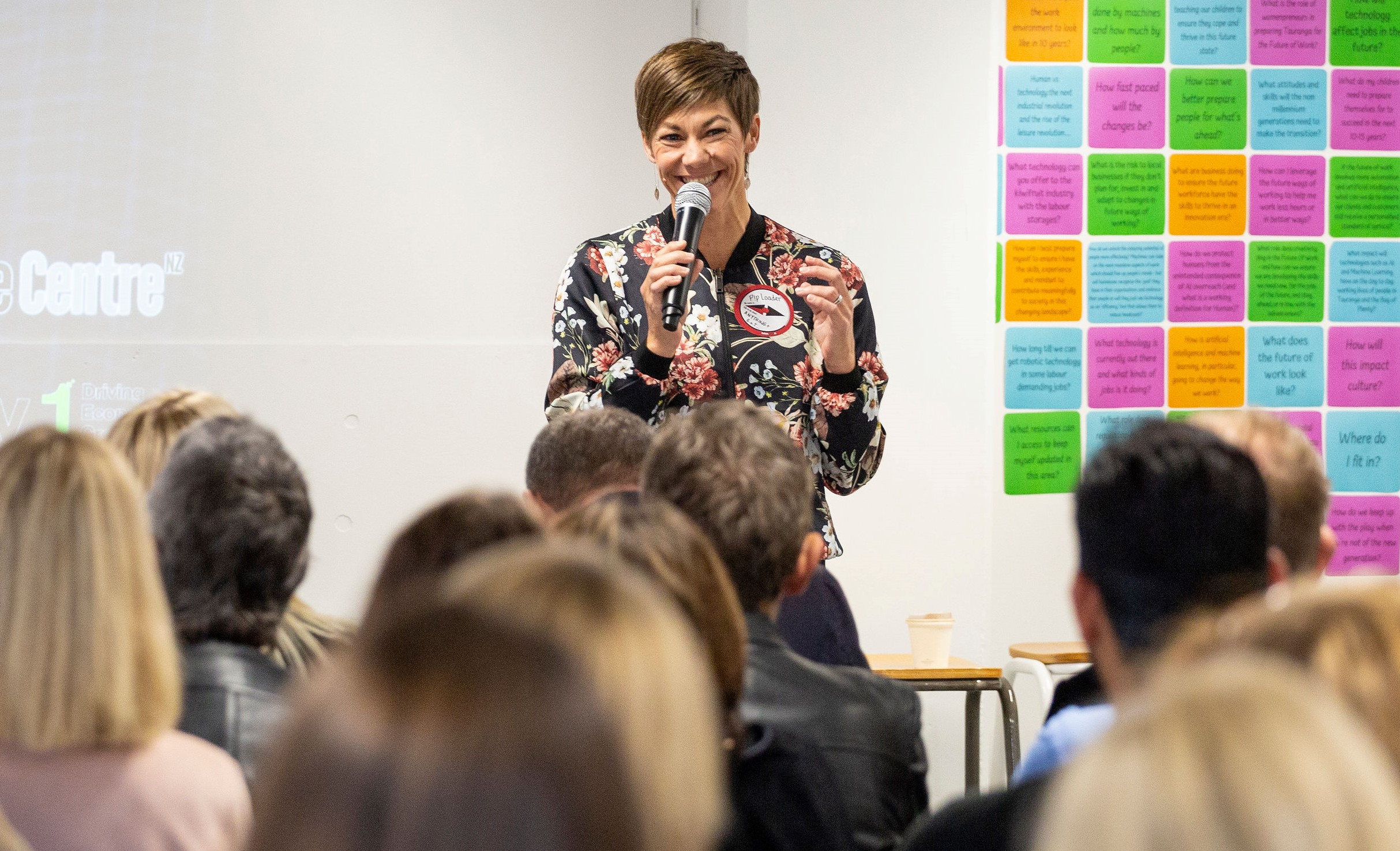
Similar question, but how can businesses ensure they continue to innovate to meet customer’s needs, whiles also being mindful of their own struggles to survive and rebuild?
In order to continue to innovate around customer needs, there is one simple thing we need to do, but often forget to do, and it is this: Ask them what they need. Simple.
I was recently on a call with a group of business owners who were ‘guessing’ what their customers were going to do in a post COVID world. They were making a heap of assumptions about how people were going to buy now, and about what they needed to change about their business, but not one of them had actually canvased their customer base and asked ‘What do you need right now?’. ‘How can we serve you?’ ‘What’s changed for you over the past eight weeks’? ‘Do you still want to interact the same way as you did before?’
Better questions give you better answers, so start by asking good questions of your customers, and find out what they need right now. Stop guessing and start asking.
We know in business that without customers, you won’t survive, so before (or while) you start rebuilding, you also need to start engaging with your customers about how you can be of service to them, and what they need right now. In one of my lines of work, in the Design Thinking space, this is called the ‘Empathy’ stage. So, go do some empathy with your customers.
As we move out of Alert Levels and begin to regain some aspects of the ‘old norm’, what are some things employers should be mindful of with their staff, at both a professional and personal level?
This is where empathy comes in and plays a big part. Understanding and realising that everyone’s experience of COVID has been different. I don’t think we can make blanket statements about how ‘we’ found it, unless we, as leaders, have listened to our staff about how it felt for them, and how they are feeling about things now.
People may still be feeling scared, anxious, worried, and uncertain about the future. Understanding what has changed for people, and what they have learned about themselves, how they work best, what they realised they needed, what they were reminded about what was important, are all good questions to ask people.
If leaders can spend some time really listening to their staff about what the COVID times looked and felt like for them, on a personal and professional level, and what support they might need going forward, I think this is a great place to start.
What are some of the challenges we may face when it comes to returning to work / life as we knew it in some degree?
Whoa, big question – how much time have you got?! There are definitely too many to list here, but some of the bigger issues will be:
- The desire (and financial pressure perhaps) to ‘getting back up to speed quickly, and back to business as usual’
A lot of businesses have parked a lot of the ‘business as usual’ stuff, to focus on crisis management and have been in reactive mode, so there will be a backlog of work to be done. The biggest risk is just rushing back in to how things were, without taking the time to stop, reflect and ask some questions. - Challenges around where to prioritise, both in effort and expenditure. A lot of businesses will be struggling financially, and will still be needing to reduce operating costs, while they re-start their revenue engine, so this will be a challenging time, and may still result in reducing staff.
- Some businesses that won’t want to, or be able to, go back to ‘life as they knew it’ because of the things they have learned during COVID and things that have changed in their market or sector.
There will be some staff that will want to continue with ‘the COVID times way’ because they were more productive’ and the list goes on. Without a doubt, there will be further challenges ahead, which is why it is some important to build in some reflection time now, while it’s still fresh in our minds. ‘Slow down before you speed up’ and learn from this experience – it’s a massive opportunity to reflect, review, re-set and restart, based on these learnings, and an opportunity for innovation.
The best thing any leader can do when it comes to the challenges ahead is to communicate, communicate, communicate. Be honest and as transparent as you can be about where things are at, show empathy for your people, be vulnerable – if you don’t have all the answers and everything figured out yet, be honest about this.
Obviously, there are ways to do (and not do) this, but at the end of the day, people just want to be kept informed, and know where they stand, and what to expect over the coming weeks. Be human, be kind.
While much focus has been on survival, how can we ensure innovation and keeping an innovative / engaging workplace remains important?
A natural outcome of reflection, coupled with empathy, and discussions about what worked, what didn’t, what changed, what did we do differently, etc, will naturally throw out some innovative thinking. It’s important to capture these, and then turn into innovative action! It’s the action that leads to innovation.
In the work I do in the innovation space, I describe innovation as simply three parts – a new idea, that adds value, made real. It’s the making real that matters. ‘Innovative thinking’ is the ideas, ‘Innovative action’ is the doing. We have to think AND do to make those ideas real.
I have talked to a lot of people who have been very innovative through COVID. The do-ers, those that had an idea about how something can work better, and just tried it to see if it worked.
One of the main ingredients of an innovative environment is permission. Permission to try new things, to test things out, to see if they work. The COVID times have been very permissive in some organisations, and this is one of the core behaviours of innovative organisations. People that are empowered to make a difference.
I think we have realised the importance of connection and engaging with people over the past eight weeks, and teams were very quick to realise this. Some of the connection and engagement initiatives that I’ve been hearing about in terms of what teams have been doing to keep engaged have been amazing to see.
One group I talked to said that they were quite a disparate group prior to COVID – but the physical distancing has ironically brought them closer together, because they made time for each other, and checking in engaging and connecting online, was a key part of that.
An engaging workplace starts with engaging and engaged people. And so does innovation.
Similar question, but how can businesses ensure they continue to innovate to meet customer’s needs, whiles also being mindful of their own struggles to survive and rebuild?
In order to continue to innovate around customer needs, there is one simple thing we need to do, but often forget to do, and it is this: Ask them what they need. Simple.
I was recently on a call with a group of business owners who were ‘guessing’ what their customers were going to do in a post COVID world. They were making a heap of assumptions about how people were going to buy now, and about what they needed to change about their business, but not one of them had actually canvased their customer base and asked ‘What do you need right now?’. ‘How can we serve you?’ ‘What’s changed for you over the past eight weeks’? ‘Do you still want to interact the same way as you did before?’
Better questions give you better answers, so start by asking good questions of your customers, and find out what they need right now. Stop guessing and start asking.
We know in business that without customers, you won’t survive, so before (or while) you start rebuilding, you also need to start engaging with your customers about how you can be of service to them, and what they need right now. In one of my lines of work, in the Design Thinking space, this is called the ‘Empathy’ stage. So, go do some empathy with your customers.
